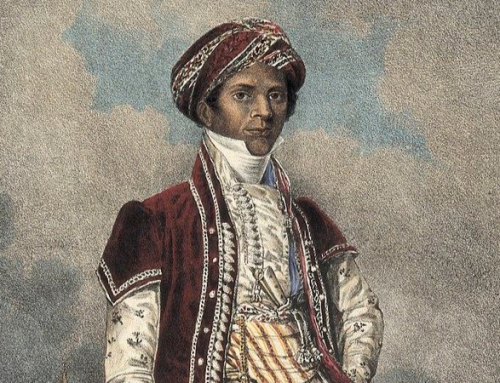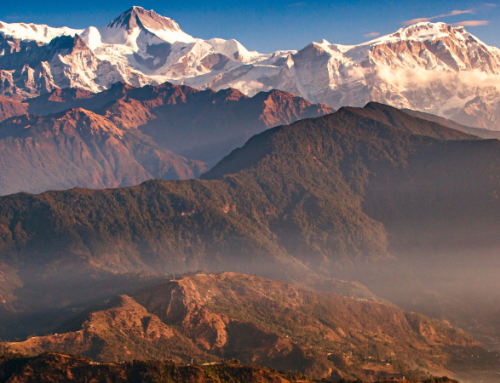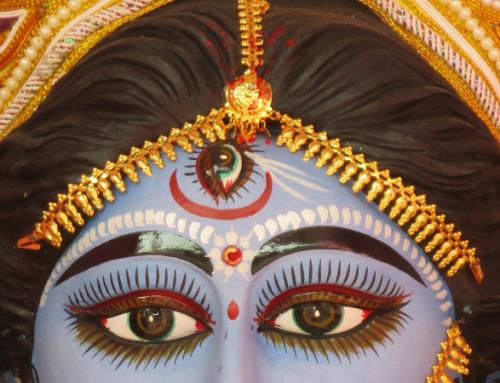Ganesh Festival Begins
Back in Mumbai after a quick trip to Pune and before that, nearly a week in Gujarat, the highlight of which journey being our encounter, about 9:00 pm as we headed through a corner of the Gir Forest National Park on the way to our lodgings for the night, two young, virile-looking male lions occupying the road in front of us. The lions generally ignored us, not deigning even to make eye contact, until they grew bored of our presence and wandered back off into the forest.
Lions and humans have been living together in that forest for at least two millennia, and have over that time developed a pattern of (generally) peaceful co-existence. Our host there, a native of Vadodara (Baroda) who has for twenty years been spending several weeks of each year in Gir, has been in close proximity to lions there many times, and has found that they give ample warning (in the form of low growls) when a human has approached them too closely. Only very rarely will they attack humans, and when they do they, like any other inhabitants of the area, become subject to the criminal justice system.
On our way back to civilization we drove via Junagadh, the base for those who wish to climb Mount Girnar. Girnar was a favorite haunt of Sri Vimalananda, not least because it is the home of the great Avadhuta Dattatreya. The word avadhuta means “shaken off”, and a human becomes an avadhuta when s/he “shakes off” all association with worldly reality. Jaya Guru Devadatta!
And also Jaya Ganesha! This year Sri Ganesha Chaturthi, the fourth day of the bright half of the lunar month of Bhadrapada, the day when the Ganesha Festival begins, happened to fall yesterday, Monday, September 5. Instead of celebrating Labor Day then tens of millions of Indians welcomed Ganesha into their homes and began worshipping him outside at temporary public installations. Sri Ganesha Chaturthi marks the commencement of ten days of feting the elephant-headed Remover of Obstacles for his hard work during the past year, with a request to continue doing the same in the coming months. The festivities conclude with an all-night extravaganza (one night before the full moon) of processions to the sea (in Mumbai and elsewhere along the coast) or a river (for those inland) to immerse Sri Ganapati and request him to return soon next year (pudyacha varsha laukar ya!).
But now the excitement is just starting, all thanks to Lokmanya (a title meaning “Respected by the People”) Bal Gangadhar Tilak, for whom my college of Ayurveda in Pune is named. Tilak was a nationalist, social reformer and fighter for freedom for India from British colonial rule, who popularized Ganesh Chaturthi as a public event (until 1893 these celebrations were performed only in private). Tilak desired to promote shared purpose among people of differing castes and communities, and to facilitate meetings at a time when limitations on political gatherings had been instituted by the British Raj. And now everyone can participate.
Ganapati Bapa Moraya!


